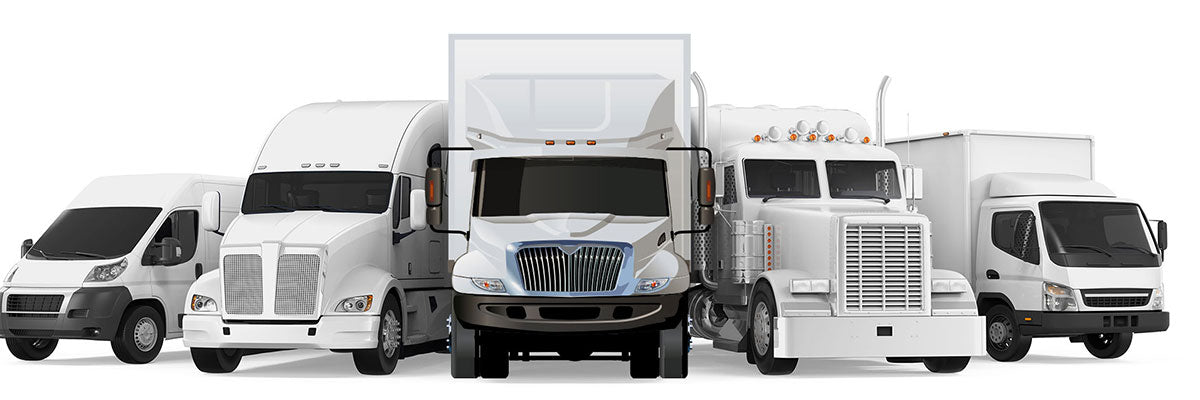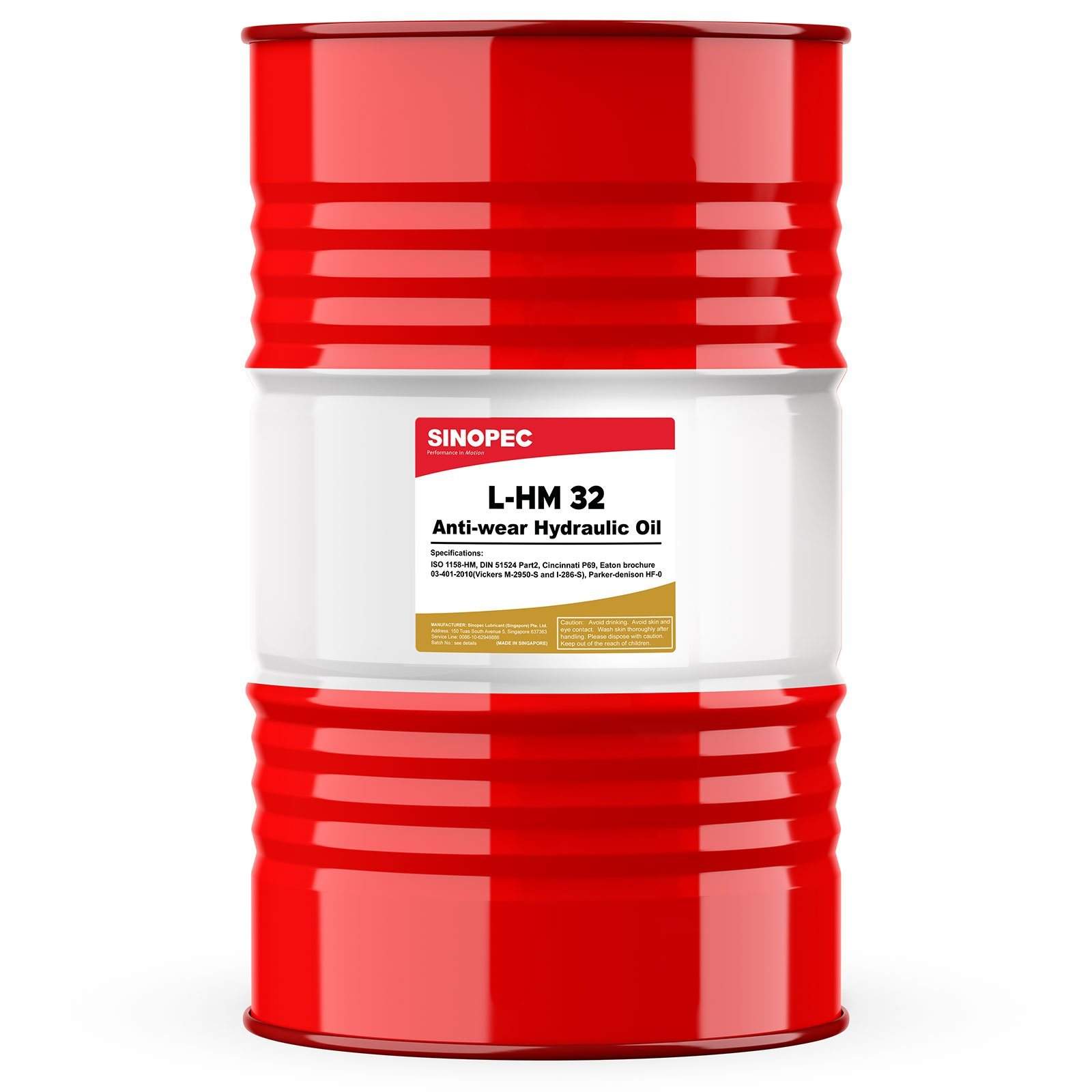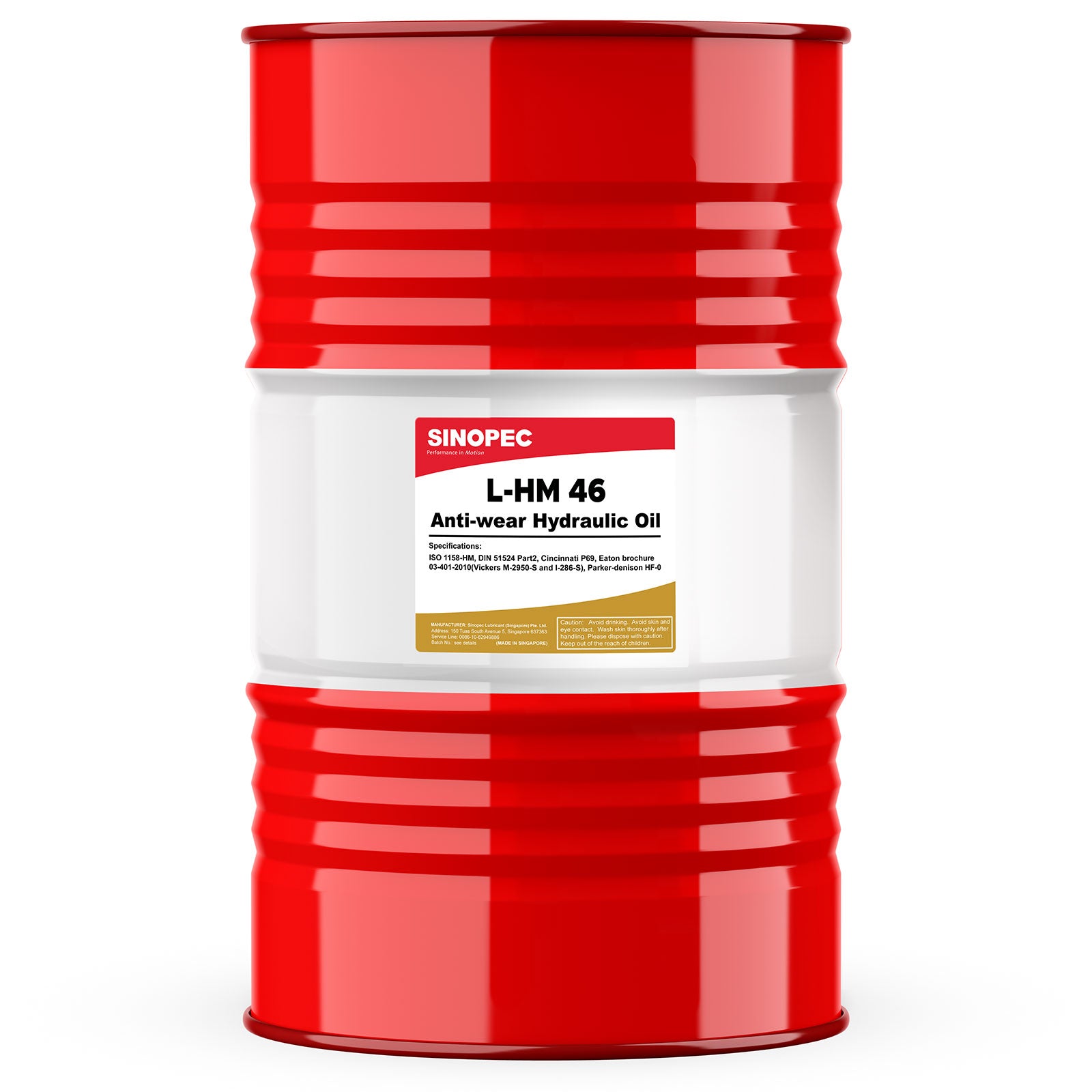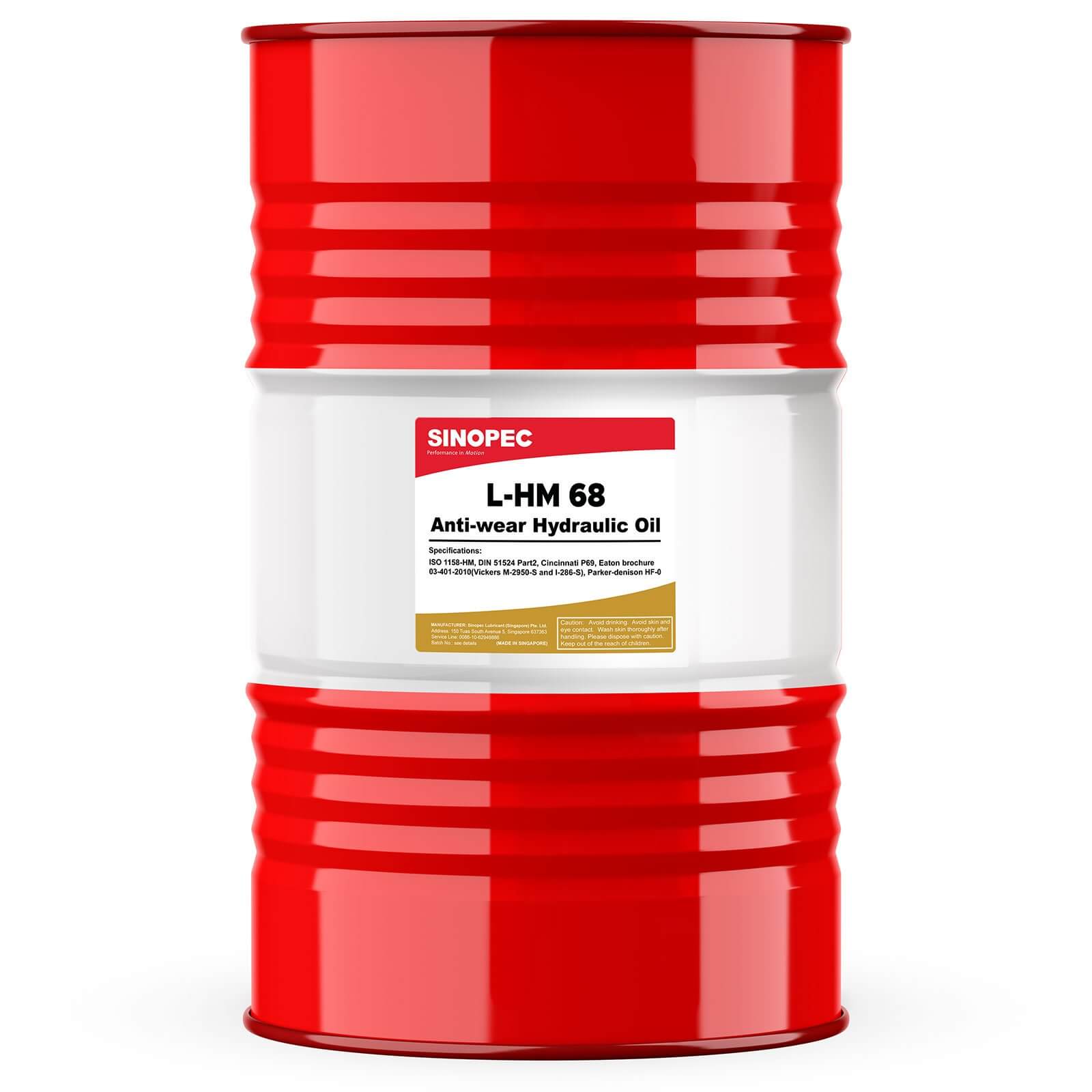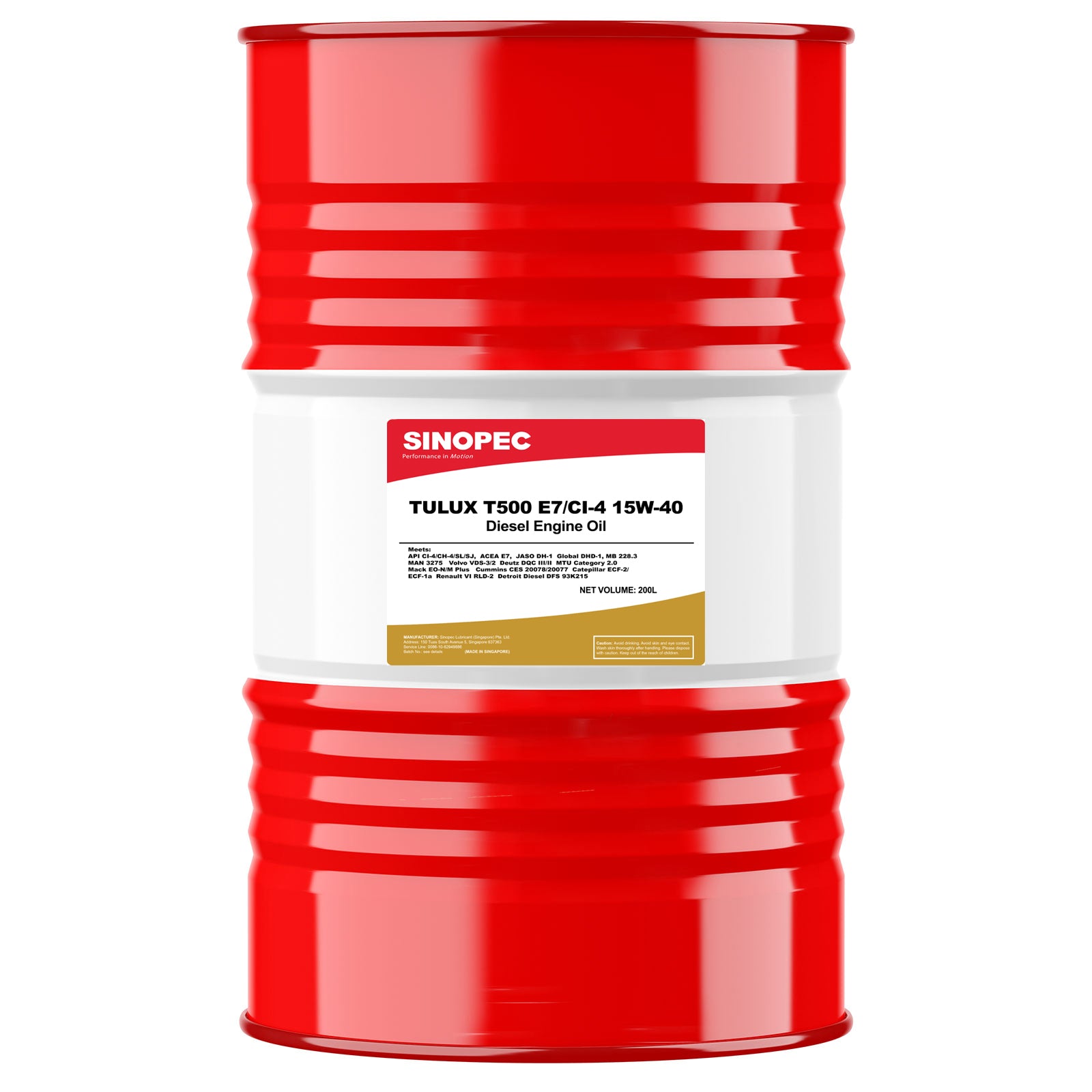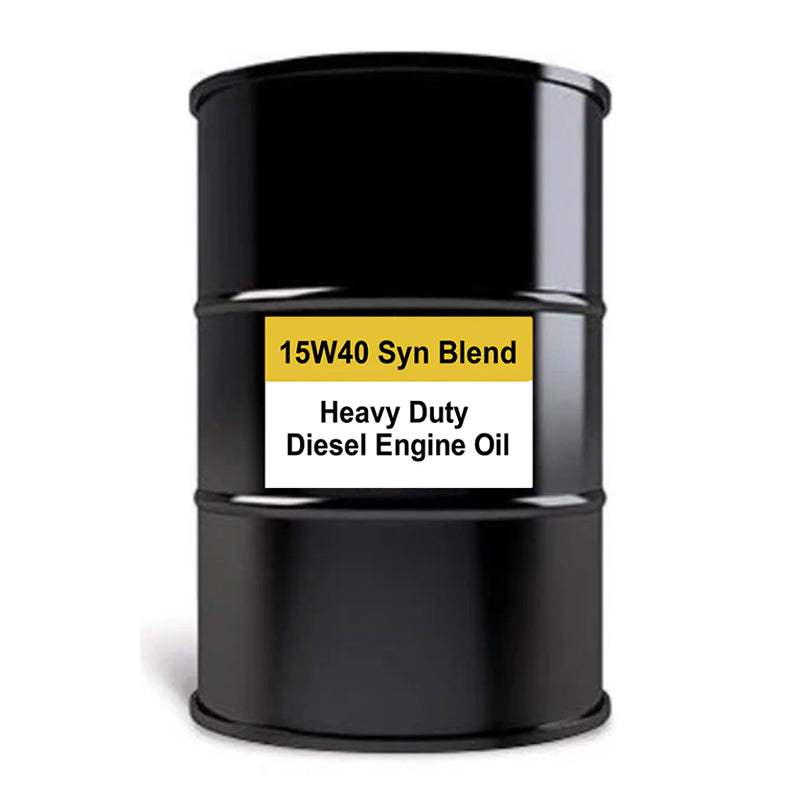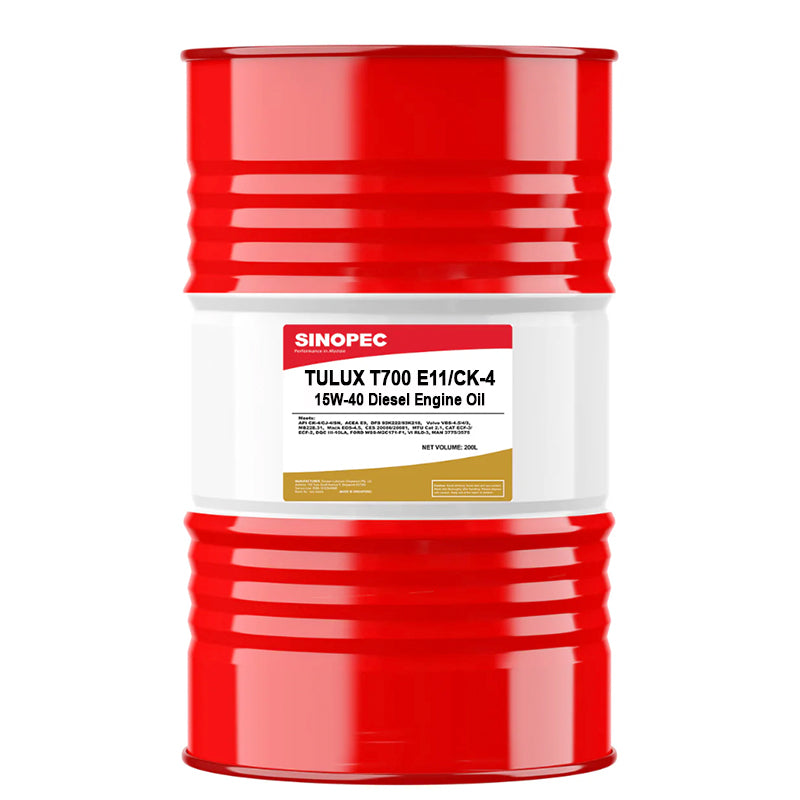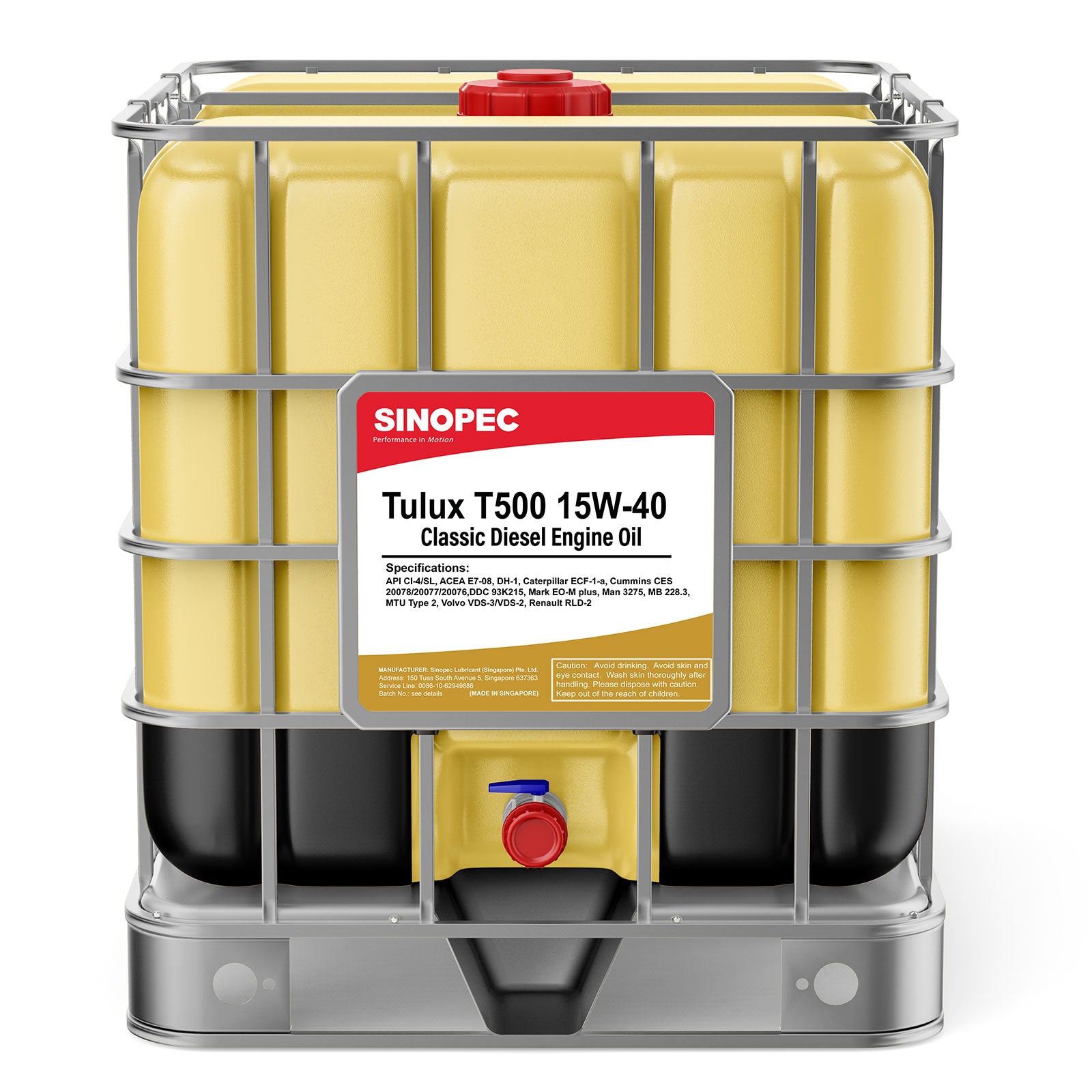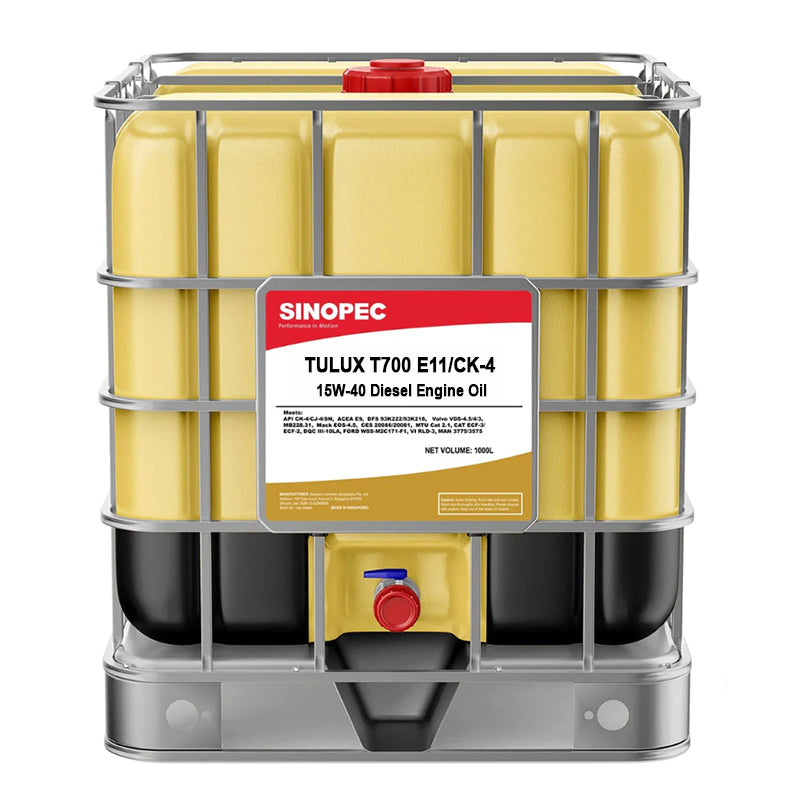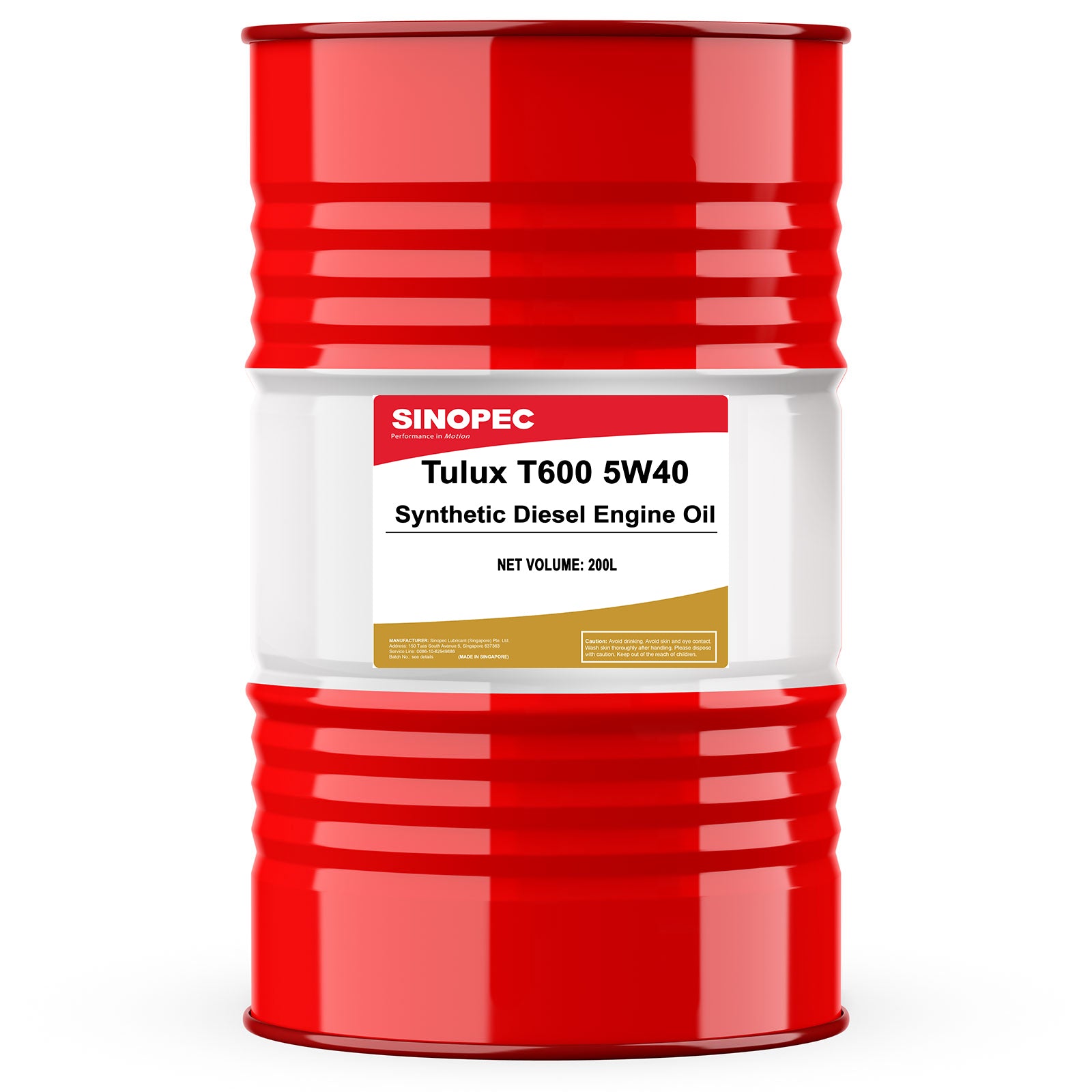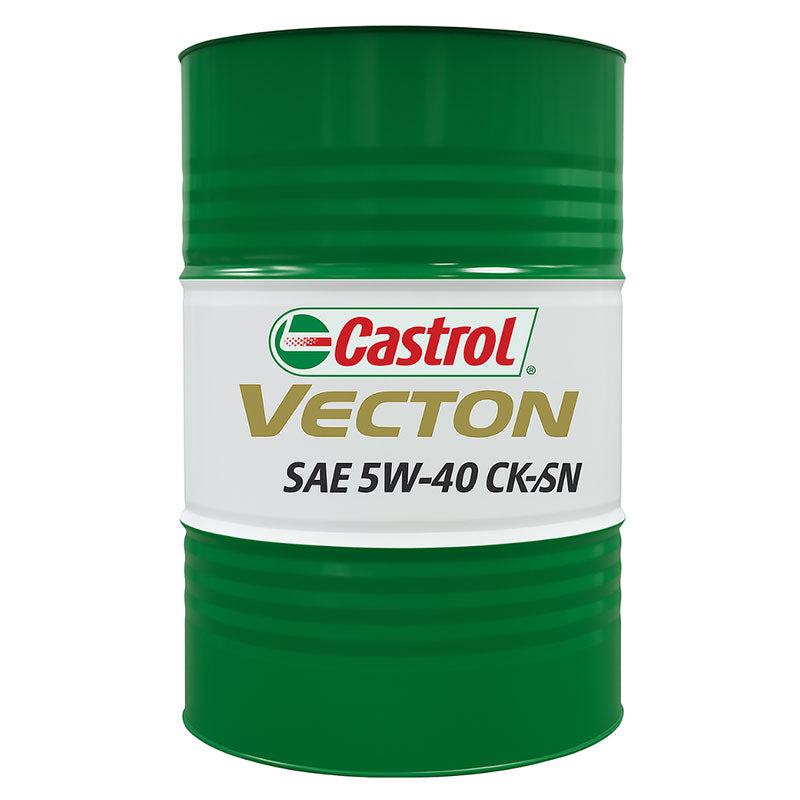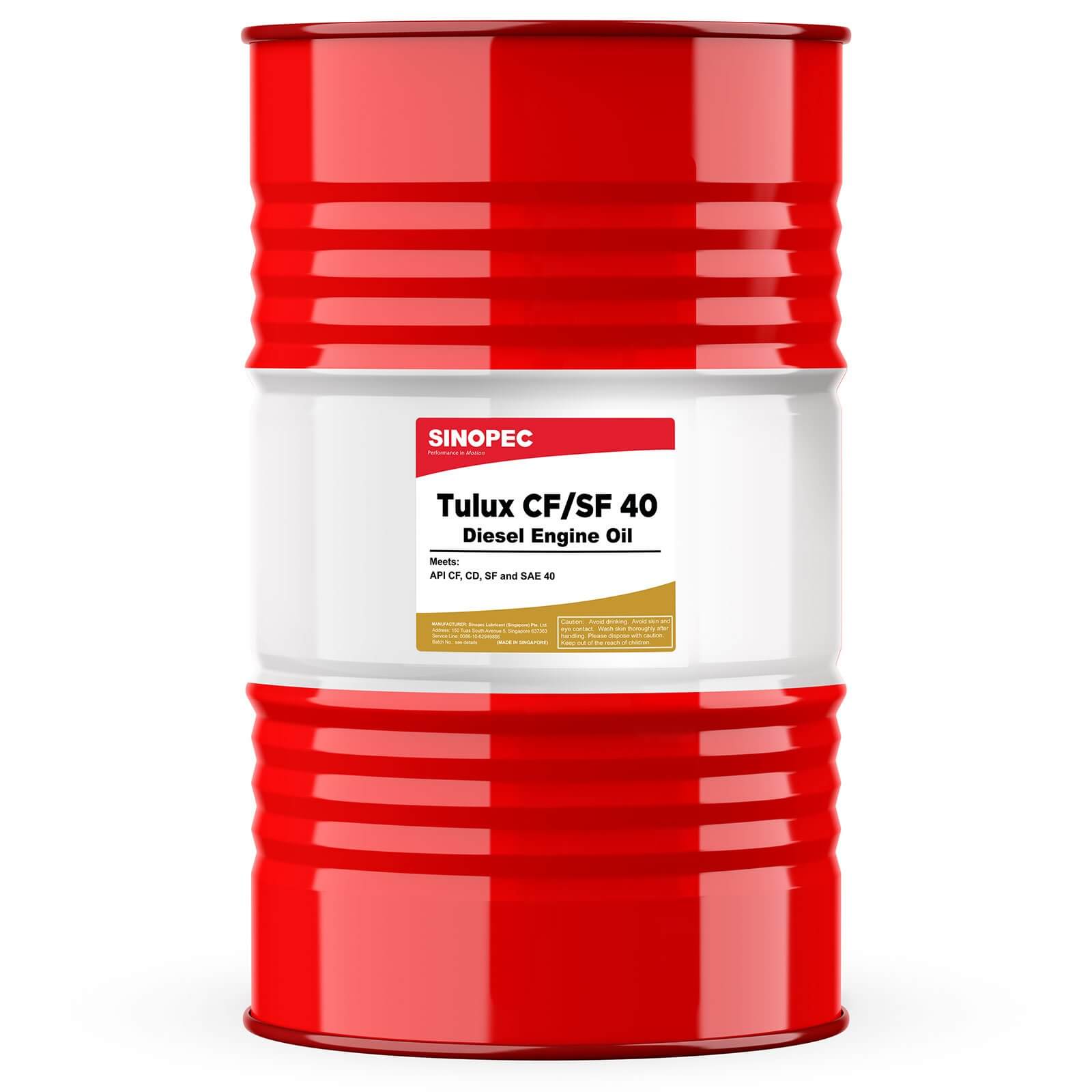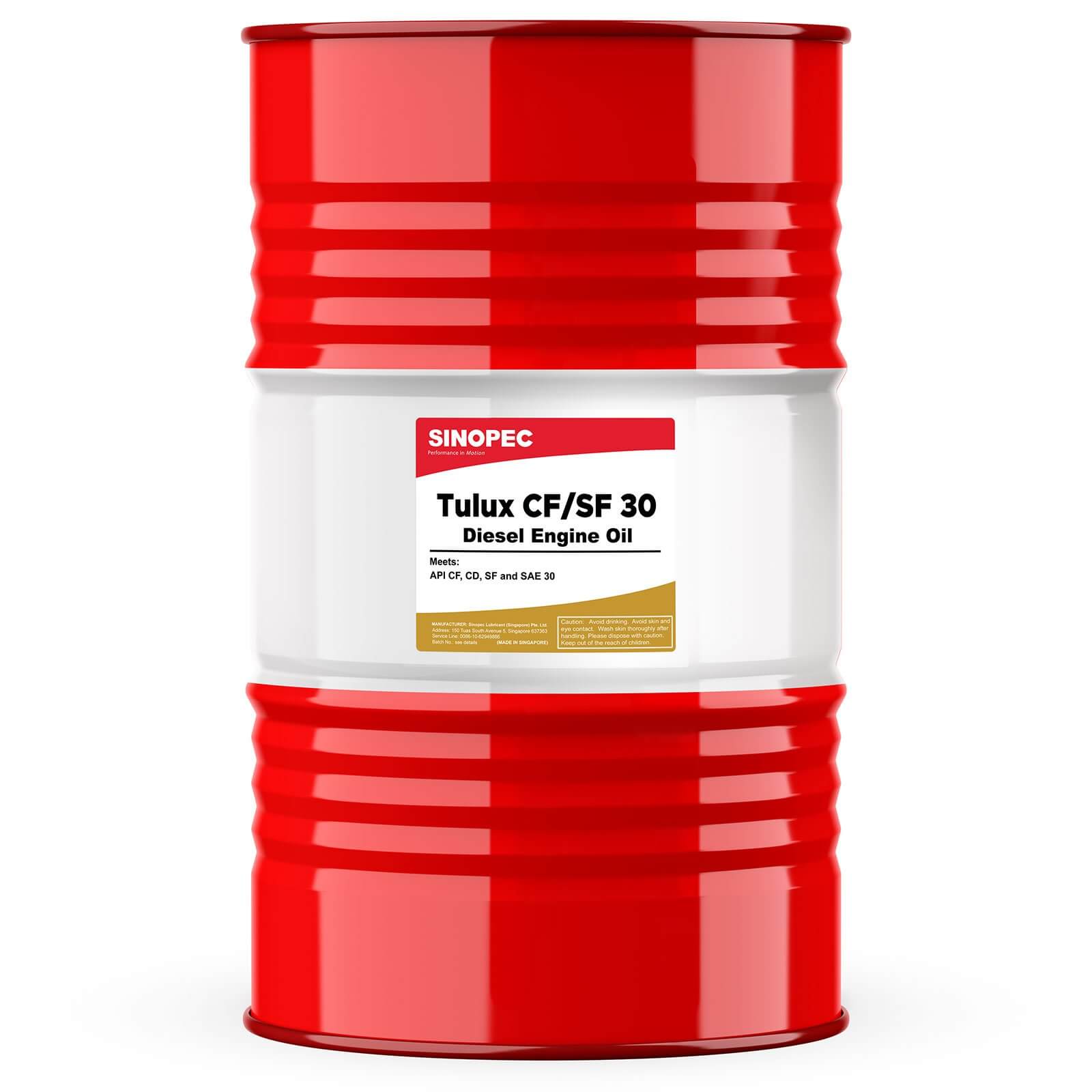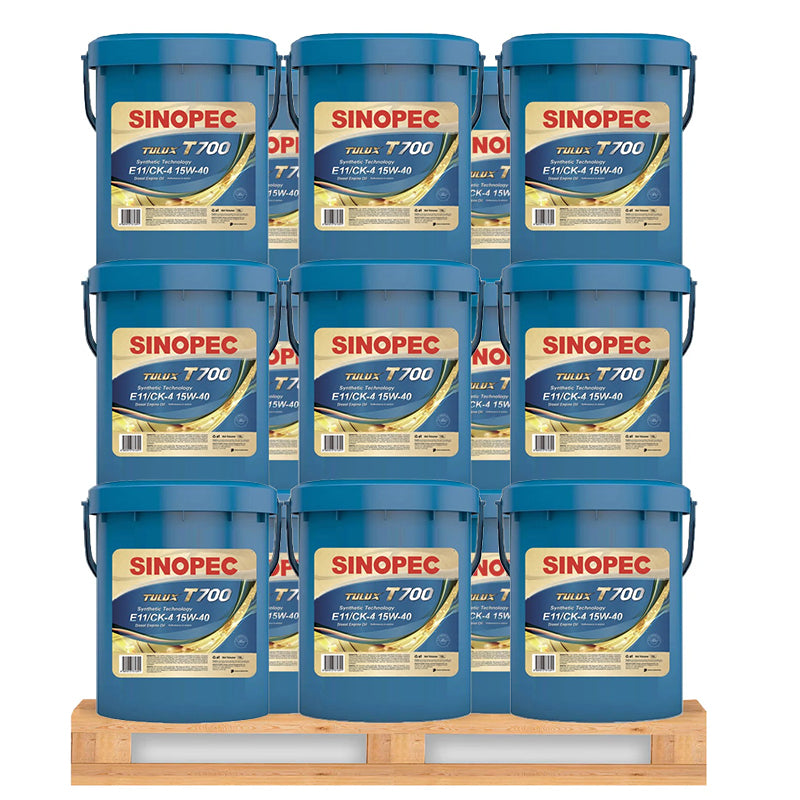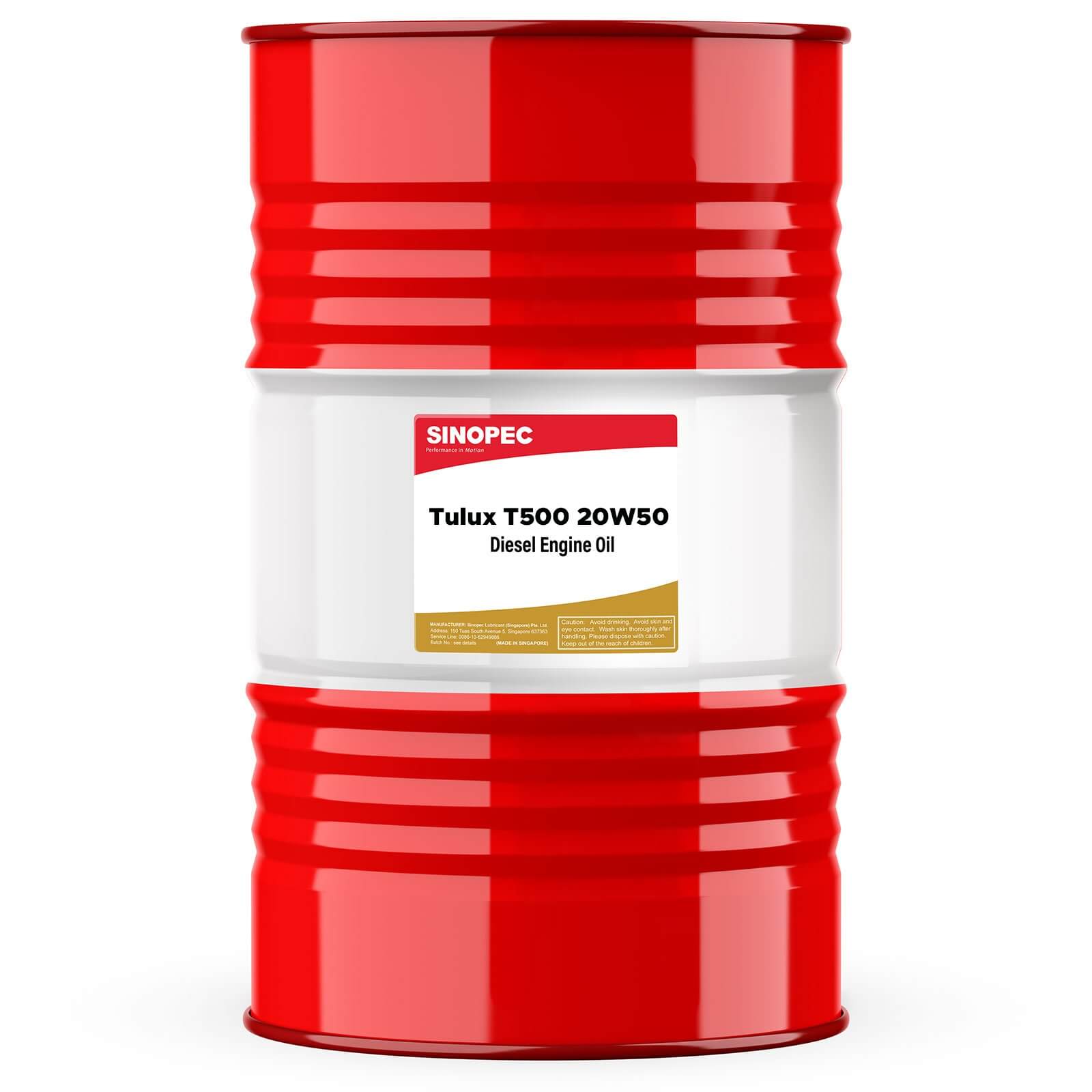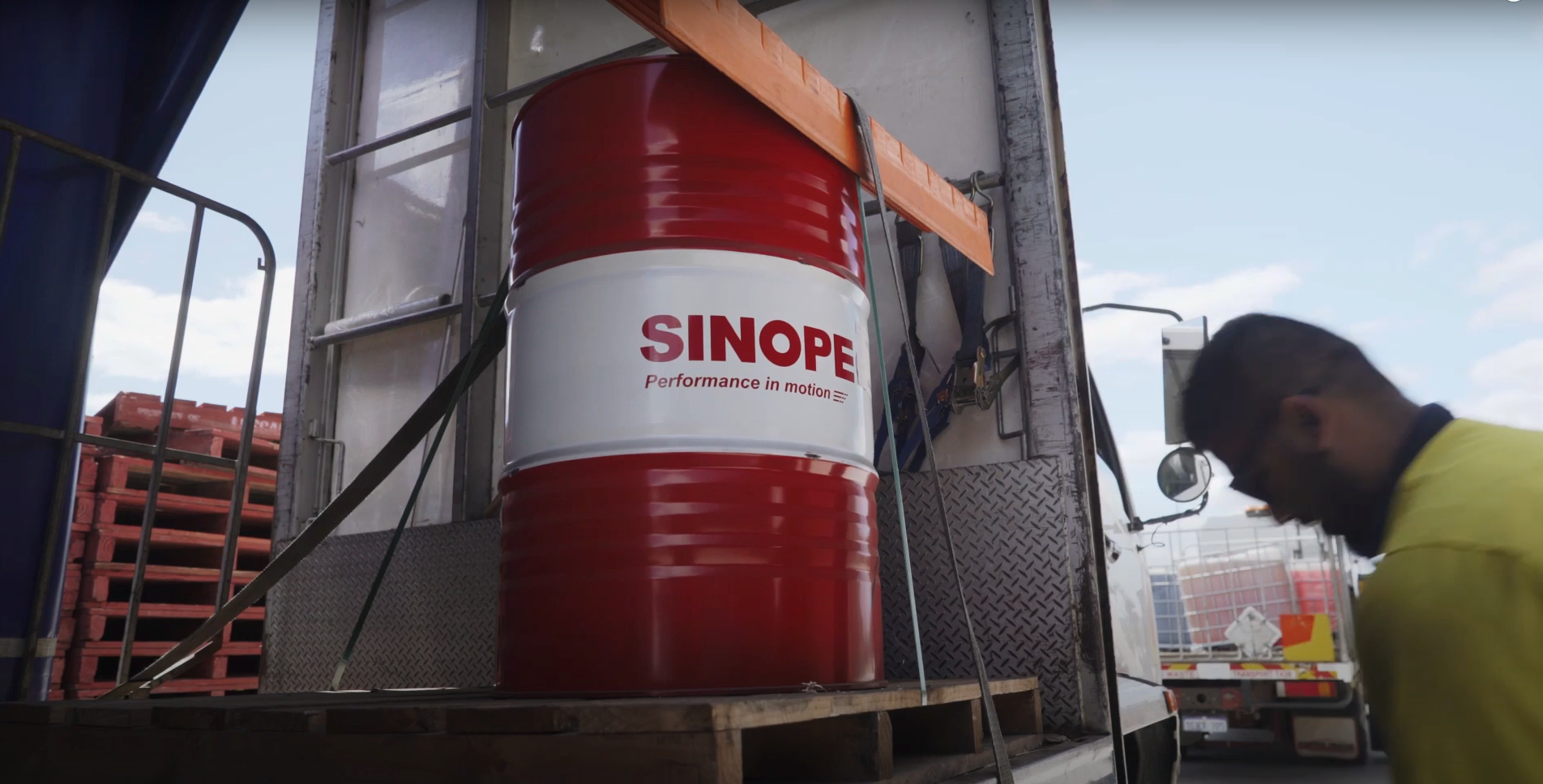The transportation industry, particularly heavy-duty trucking, plays a significant role in global emissions. With a growing focus on environmental sustainability, reducing emissions from heavy-duty vehicles has become a top priority. In this blog post, we'll explore how lubricant technology is being engineered to address this challenge, contributing to a cleaner and greener future for the trucking industry.
The Impact of Heavy-Duty Trucking Emissions: Heavy-duty trucks are a vital component of the global transportation network, facilitating the movement of goods over long distances. However, the combustion of diesel fuel in these vehicles produces harmful emissions, including nitrogen oxides (NOx), particulate matter (PM), and carbon dioxide (CO2), contributing to air pollution and climate change. As regulations on emissions become more stringent, the need for innovative solutions to reduce trucking emissions becomes increasingly urgent.
Lubricant Technology and Emissions Reduction: Advancements in lubricant technology play a crucial role in reducing emissions from heavy-duty trucks. Modern lubricants are specifically formulated to improve engine efficiency, reduce friction and wear, and enhance fuel economy. By reducing friction between moving parts, these lubricants help engines operate more efficiently, resulting in lower fuel consumption and reduced emissions.
Key Technologies Driving Emissions Reduction:
- Low-viscosity Lubricants: Engine oils with lower viscosity grades reduce friction and energy losses within the engine, leading to improved fuel efficiency and lower emissions.
- Additive Technology: Advanced additive packages enhance the performance of lubricants by providing better protection against wear, oxidation, and deposit formation, resulting in cleaner engine operation and reduced emissions.
- Synthetic Lubricants: Synthetic base oils offer superior thermal stability and oxidation resistance, allowing engines to operate at higher temperatures without compromising performance. This contributes to lower emissions and extended service intervals.
- Emission Control Systems: Lubricants are engineered to be compatible with emission control devices such as diesel particulate filters (DPF) and selective catalytic reduction (SCR) systems, ensuring optimal performance and longevity of these components.
The Role of Industry Collaboration: Achieving significant emissions reductions in heavy-duty trucking requires collaboration among lubricant manufacturers, vehicle OEMs, regulators, and other stakeholders. By working together to develop and implement innovative lubricant technologies, the industry can make substantial strides towards a cleaner and more sustainable transportation sector.
Explore Our Heavy Duty Lubricants: Now that you understand the vital role of lubricant technology in reducing emissions in heavy-duty trucking, take a look at our range of heavy-duty lubricants designed to meet the demanding requirements of commercial vehicles and heavy equipment. Click on the links below to explore our products:
Fleet Heavy Duty Lubricants: By Component
Fleet Heavy Duty Lubricants: By SAE Weight
By embracing advancements in lubricant technology and fostering collaboration across the industry, we can pave the way for a greener future in heavy-duty trucking.
For Additional information on Heavy Duty Fleet Lubricants, check out some of these related posts:

